The final steps in making sourdough bread, is of course the baking. Baked bread is one of the best things in the world and achieving that crispy and shiny crust, with a moist and tender interior is what many bakers would classify job well done.
One of the key factors in baking sourdough bread is the overall sourdough baking temperature. Read on for the answers to your burning questions!

Table of Contents
- Sourdough Baking Temperature Gude: Let’s Heat Things Up!
- Why do You Need to Control Temperature During Baking?
- Checking the Internal Temperature of Your Baked Sourdough Bread
- Understanding How Temperature Affects Bread when Baking
- Sourdough Baking Temperature
- FAQs
Sourdough Baking Temperature Gude: Let’s Heat Things Up!
This is the last step in the exciting process of making sourdough bread. Baking bread can be a little intimidating for some, especially with the precision that comes with making sourdough bread, but with our expert sourdough bread tips, you don’t have to worry. With the sourdough starter that requires extra care and attention, the choice of selecting the right bread flour, you wouldn’t want to mess up when trying to accomplish the last step!
One of the best things about baking sourdough bread in an oven is that the difference in temperature potentially allows you to control the overall taste and texture.
From light and airy loaves to dense ones that are closer to baguettes, sourdough offers a wide range of flavors depending on the type of ingredients used.
Of course, the most important aspect of baking this type of bread is its temperature. Knowing how it affects your loaf will assist in achieving the best results every time!
The first step to baking a great sourdough bread is to follow the temperature guide outlined below.
Use a thermometer to check the internal temperature of your loaf once it has baked, and adjust if necessary.
Bake your sourdough at 190 degrees Celsius (356 degrees Fahrenheit) for the first 15 minutes. If you don’t have a thermometer, you can judge your dough through its appearance, paying attention to how much of your dough has risen, and whether it has doubled in size, appearing light and airy on top.
The dough temperature depends a lot on the method of baking, are you using dutch oven, are you baking it on an oven rack with some parchment paper, or are you using some of the artisan style bread baking techniques like baking your bread in cast iron pot.
You can also control how well it rises, which gives you more room for experimentation when baking.
Finally turn off the heat completely for another 45 minutes, until the bread has fully cooled down inside of the oven, bearing in mind that it will still be warm when you take it out. This helps prevent over-rising so that your loaves bake evenly throughout their whole volume instead of having wide holes on top or dense crumbs at the bottom!
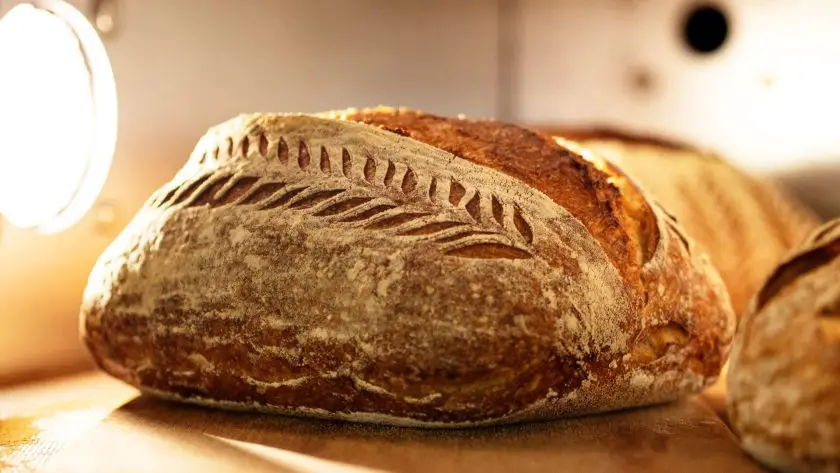
Why do You Need to Control Temperature During Baking?
Temperature is a vital tool in the baker’s arsenal. The fermentation process and crust development are affected by temperature, as are the crumb and flavor of the bread.
Let’s look at how temperature affects each of these important elements:
- Fermentation
- Crust
- Crumb
Fermentation
A high temperature will cause your dough to ferment more quickly and produce less acidity. A lower temperature will slow down the fermentation and result in more acidity.
This is what will provide your baked loaf with the perfect tanginess that you had been anticipating.
Crust
High temperatures give your sourdough a golden brown crust on the exterior of your loaf, because they caramelise the sugars contained within it.
This also means that if you’re baking at too low a temperature for too long, you may end up with an undercooked loaf that won’t rise properly during proofing or even after baking!
Crumb
High temperatures will result in airier loaves with larger holes than loaves baked at lower ones because water evaporates faster when surrounded by heat.
Checking the Internal Temperature of Your Baked Sourdough Bread
The best way to check the internal temperature of your loaf is using a digital thermometer.
However, if you don’t have one handy, there are other options that will still give you an idea of how cooked your bread is.
A probe thermometer will let you know when it’s done without opening up the oven and releasing heat. If you opt for this method, place the probe in the center of your loaf before baking and remove it when your bread is done. The internal temperature should read about 97 degrees Celsius.
Another option is through a laser thermometer, which can detect surface temperatures as well as air temperatures inside of a microwave or oven cavity by firing invisible infrared beams at objects within its range. This method works especially well for sourdough bread because its crust tends to burn easily without proper care during the baking process, especially if it is baked at very high temperatures.
Understanding How Temperature Affects Bread when Baking
Temperature affects multiple aspects of your sourdough. A good understanding of how temperature affects sourdough bread will help you bake perfect loaves every time. Temperature affects:
- Yeast
- Dough
- Crust
Yeast
The optimal temperature range for yeast activity is from 25 degrees to 30 degrees Celsius.
If your starter is too cold for them to grow, they won’t activate properly and you’ll get less rise in your bread. If it’s too hot, they’ll die off and won’t be available during mixing or baking.
Dough
The warmest place in a kitchen is usually around 25 degrees Celsius, while other areas are cooler than that, due to air currents caused by fans or air conditioning systems.
This means that if your dough is rising in a cooler place like an oven with no heat source turned on inside it (like when baking on stone), then it will take longer than usual for the proofing process.
This is because there isn’t enough heat available at first. so don’t expect any results until later.
Crust
Similarly, a different environment can affect the length of time it takes for doughs made with different types of flours, which contain different amounts of gluten proteins.
These two factors combined mean that some flour types like rye flour always produce darker crusts compared with wheat flour counterparts.
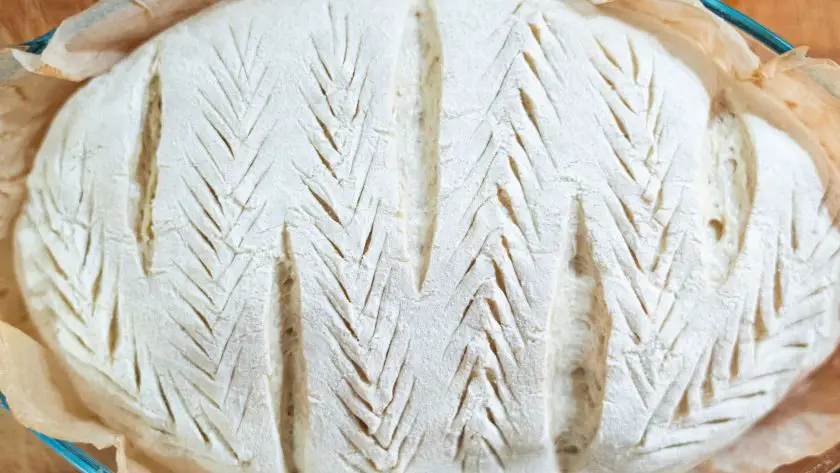
Sourdough Baking Temperature
Having a good understanding of how temperature affects sourdough bread will help you bake perfect loaves every time.
Understanding the optimal baking temperature, will ensure that your loaves of sourdough bread can emerge with the perfect crust, as well as a deliciously moist loaf whenever you bake!
Start with a beginner sourdough recipe now!
FAQs
What Temperature Should Sourdough Bread be Baked to?
You should bake your sourdough bread, until the internal temperature reaches 96 to 98 degrees Celsius.
Can I Bake Sourdough at 180 Degrees?
The baking temperature should be 180 to 200 degrees, any higher could burn off the crust.
What Temperature Should Bread be Baked at Celsius?
The ideal oven temperatures for baking bread ranges between 180 and 246 degrees Celsius, providing the perfect colour and texture.
What Temperature Should the Oven be to Bake Bread?
The oven temperature should be set to 180 degrees Celsius, baking the bread until it has achieved a golden brown hue, sounding hollow when tapped.

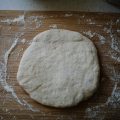
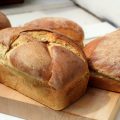
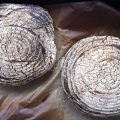
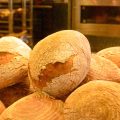
![How To Cold Proof Sourdough [Your Easy Guide] 8 How to cold proof sourdough [your easy guide]](https://www.mydailysourdoughbread.com/wp-content/uploads/2023/01/blog-images-40-120x120.jpg)
